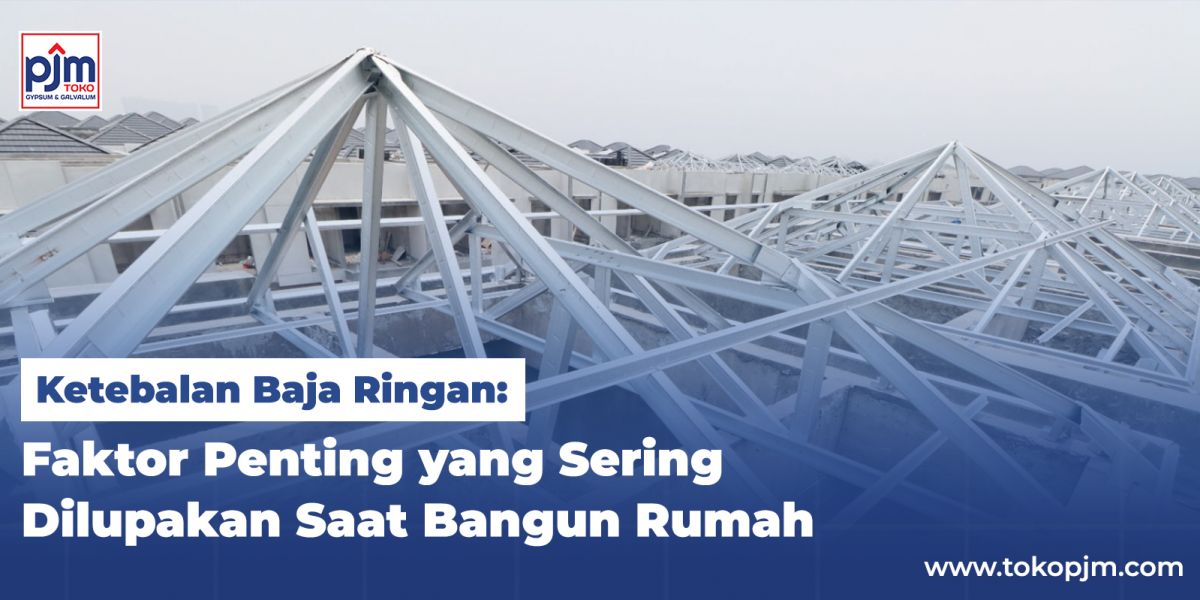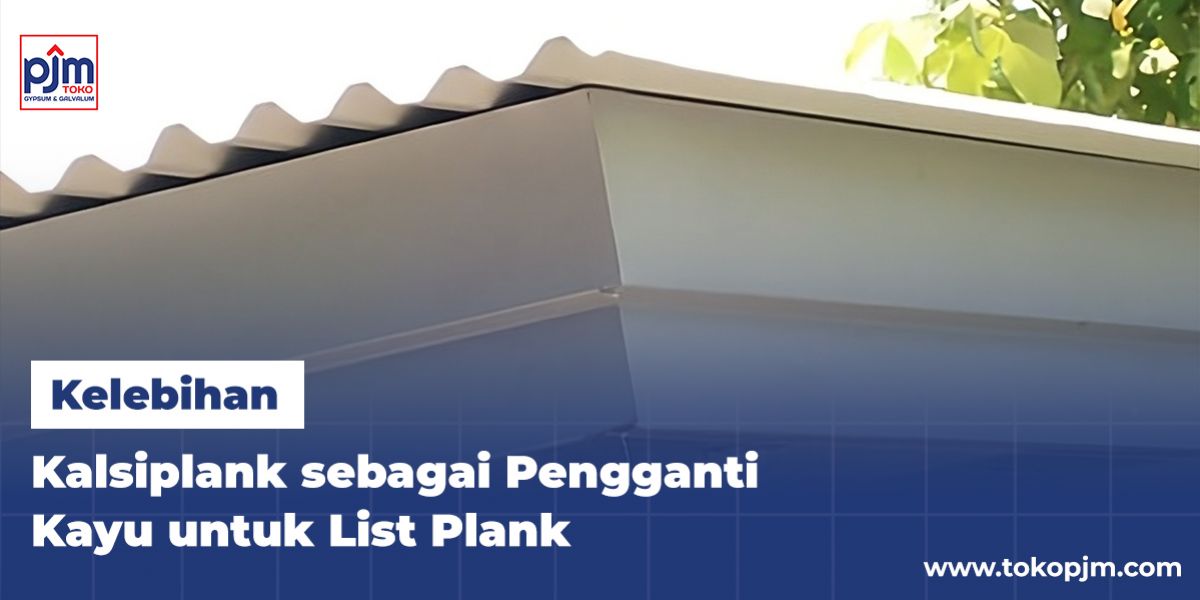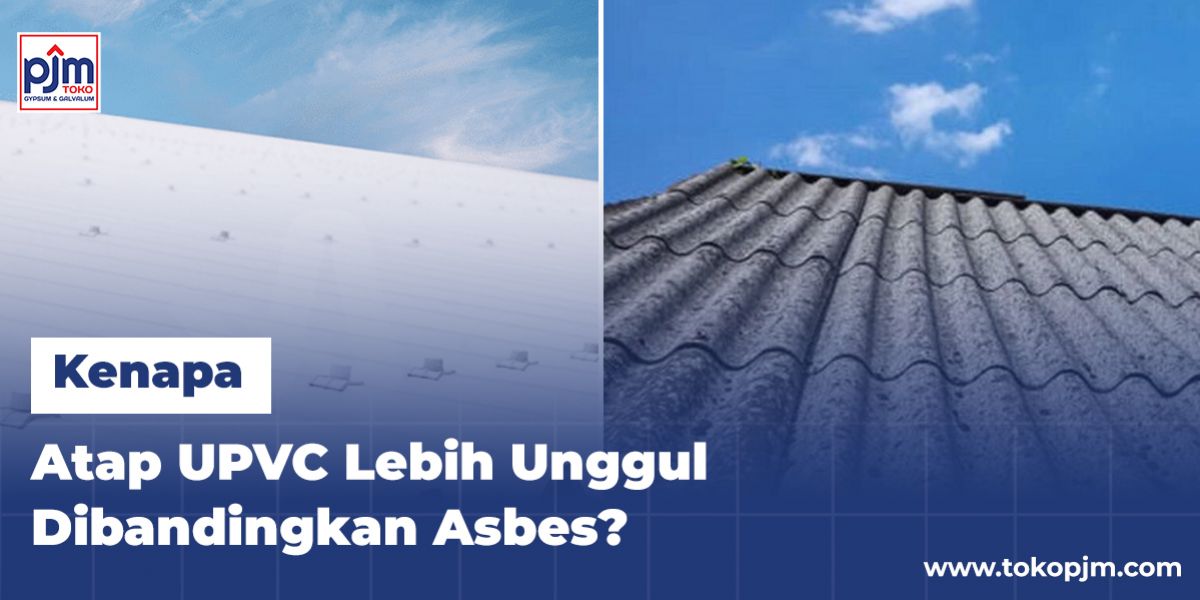LIGHT STEEL THICKNESS: A CRUCIAL FACTOR OFTEN OVERLOOKED WHEN BUILDING A HOUSE
18 August 2025

When talking about light steel, most people immediately focus on its size or shape—for example, C-channel, battens, or trusses. Some even only pay attention to the size alone. Yet, there is one important thing that is often forgotten but is actually very crucial: the thickness of the light steel.
Why is Light Steel Thickness Important?
Light steel is known as a modern material that is lightweight, rust-resistant, and easy to install. But behind its advantages, light steel still must meet certain strength requirements so that it can be used to safely support a roof. Here are reasons why light steel thickness should not be taken lightly:
- Determines resistance to loads
The thicker the light steel, the greater its ability to withstand loads like roof tiles, ceilings, and even wind pressure from outside.
- Avoids twisting or bending
Light steel that is too thin is more easily twisted or even broken when bearing loads or when installed forcefully.
- More durable
Appropriate thickness will make the roof structure remain sturdy in the long term, without needing early repairs or replacements.
Light Steel Thickness Standards According to Function
Each part of the roof structure requires different thicknesses. It cannot be generalized. Here is a general guide to light steel thickness based on its function:
1. Roof Trusses (Main Structure)
For the main frame supporting the roof, you must use light steel with a minimum thickness of 0.75 mm. If you live in an area prone to strong winds or heavy rain, it is recommended to go up to 1.00 mm.
2. Battens (Where Roof Tiles Are Placed)
Because its function is only to hold roof tiles, battens can use thinner light steel, which is between 0.40 – 0.45 mm. Make sure it still complies with SNI standards so it doesn't easily bend or come loose.
3. C-Channels / Other Profiles
For supporting structures like C-channels, a thickness between 0.60 mm to 1.00 mm is generally used, depending on the load and needs of the building structure.
Tips for Choosing the Right Light Steel
So you are not deceived just because of a cheap price or a convincing outward appearance, here are some tips for choosing quality light steel:
- Check the thickness label on the product
Make sure the light steel has clear information about its thickness. Avoid products without specifications.
- Make sure it complies with SNI standards
Good light steel must meet SNI standards. This guarantees quality, strength, and safety.
- Pay attention to weight and texture
Light steel that is too light could have an inappropriate thickness. Also feel its stiffness—don't let it be too flexible.
- Consult with an experienced contractor or builder
They usually know the best type and thickness of light steel for each type of roof or building.
Don't Be Tempted by Cheap Prices, Prioritize Quality!
Cheap light steel is tempting, but be careful—it could be that the thickness is below standard. The result? The roof easily collapses, battens break, and even endangers the safety of occupants.
Remember, the thickness of light steel is the key to the strength and safety of the building structure.
✅ Choose light steel with thickness according to function
✅ Make sure it is SNI certified
✅ Consult with an expert contractor or builder
A strong building starts with the right structure. Don't choose carelessly, because the safety of your home is at stake.


